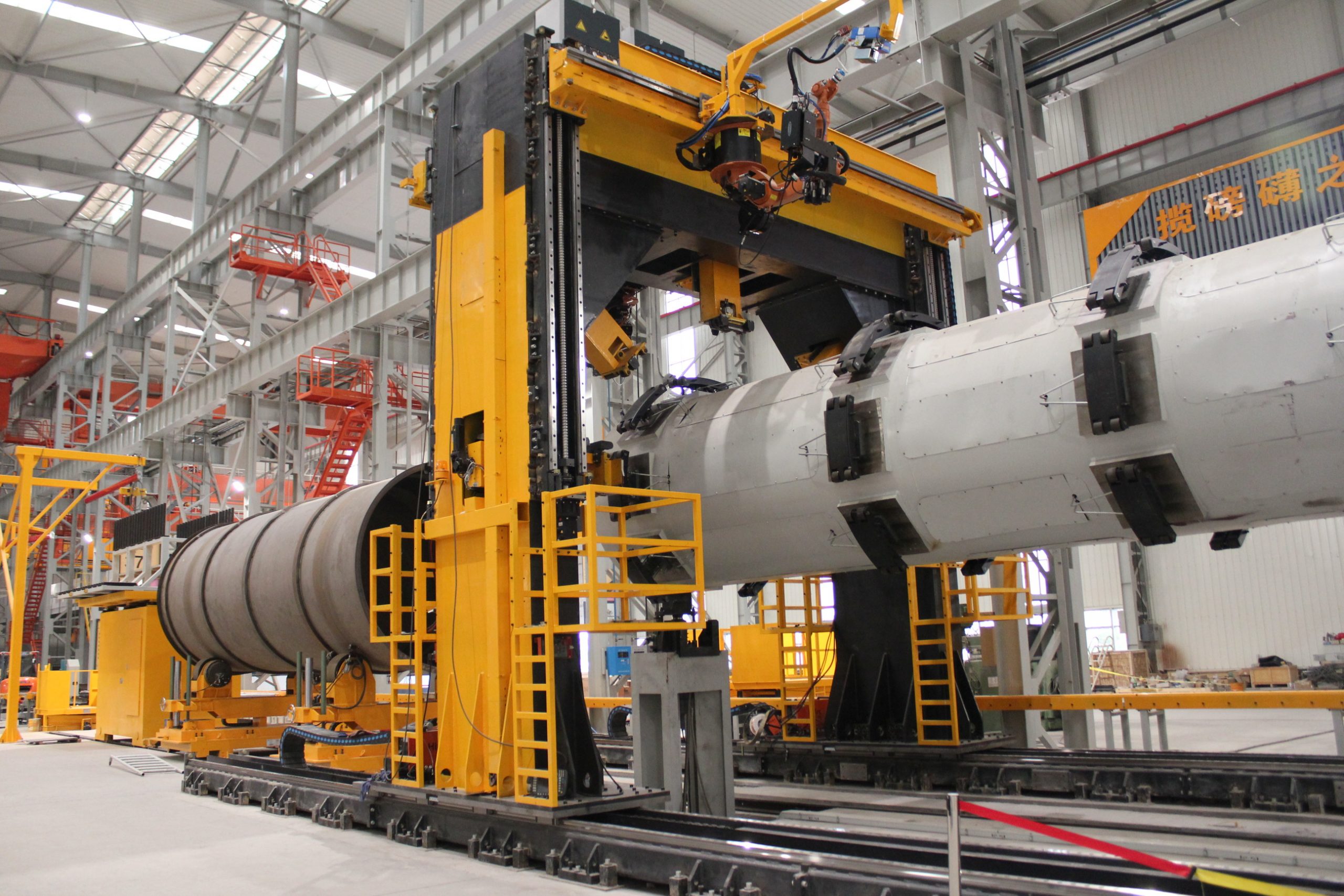Machine Learning has offered novel ways to increase automation, efficiency, and productivity in many sectors – including the oil and gas industry. Its ability to find patterns in huge volumes of data has made machine learning into a highly effective tool, thanks to the amount of information and complexity of the systems involved in the oil and gas industry.
Machine Learning in action
There are many areas that machine learning has been helping the oil and gas business with, including:
- Enhanced oil recovery (EOR): Machine learning can select optimal values for EOR systems, from water injection rates to steam temperature and more. By carefully changing these factors in real time, it can maximize recovery efforts.
- Predictive maintenance: By carefully monitoring huge quantities of real-time data on all the connected machinery, machine learning can predict when a part or machine will need maintenance to address problems before they slow or stop production. This improves process efficiency and reduces non-productive times.
- Geoscience analysis: Machine learning can greatly aid in interpreting all the complex factors involved in underground operations. Tasks that once took geologists hours to accomplish can now be done in mere minutes.
- Drilling: Machine learning could be a key tool to face problems such as loss of circulation, stuck pipe incidents, excessive torque and drag, low ROP, bit wear, formation damage and borehole instability. The use of workflows and data analytics improves the conventional practices, and minimizes tool failure, and saves money in replacement costs and maintenance.
- Incident reporting: On the safety side, machine learning can categorize and track trends in incident reports to speed the process and aid human workers in determining the next steps.
How one company benefited from Machine Learning
In 2019, BP made the jump to machine learning with Azure in an attempt to maximize and estimate its recovery factor (the total amount of oil that can be recovered economically). Entrusting this calculation to machine learning has removed any human bias from the process – something recovery factor analysis has historically been subject to.
Now, rather than having a team go over more than 200 reservoir factors to determine how they all interact and ultimately impact recovery, BP can simply use its machine learning software – saving them time and money.
An improved industry
It goes beyond BP. Shell, Exxon Mobil, TotalEnergies, and many other major oil and gas sector players have all turned machine learning into a valuable asset in their toolboxes. They know that in an increasingly challenging industry environment, companies must embrace the latest innovations and technologies to stay competitive – as must we all.
Consult the original source here.

